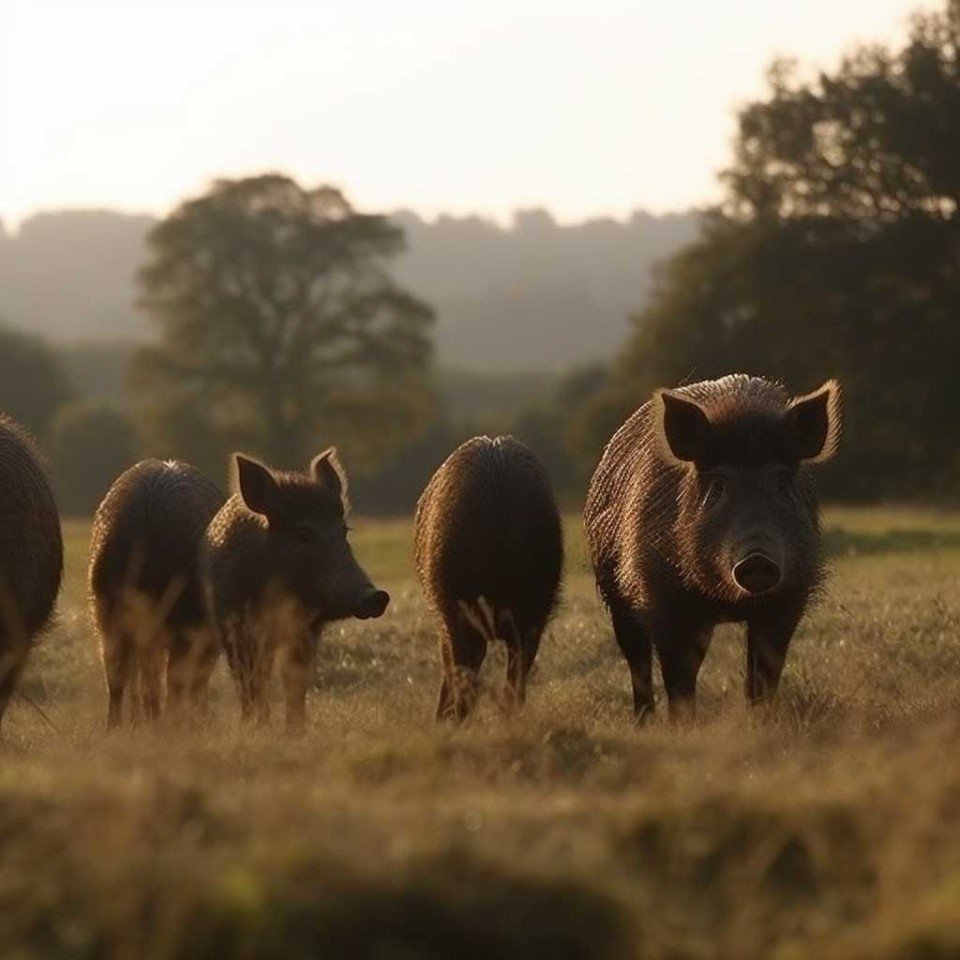Hunting and Fishing News & Blog Articles
Wild Boars in Hawaii
Hawaii's wild pigs, known as pua'a, have become an iconic feature of the island. However, they are not native to the island and were brought over by two different groups of people. Pigs were originally introduced by ancient Polynesians, who relied on them as a source of protein. Captain Cook later brought over European breeds of pig to increase their size. Today, there are around 400,000 wild boars in Hawaii, and their proliferation has created massive problems for islanders. The pigs are not afraid of humans and will frequently enter urban areas, causing destruction and creating a nuisance. They also destroy crops and other vegetation, thus damaging the ecosystem. Nonetheless, tourists are drawn to the idea of encountering the animals in the wild and the famed roast pig of Hawaiian luaus is a huge draw for visitors.
According to experts, the ancient Polynesians brought the first wild pigs to Hawaii around 500 to 700 A.D. when they migrated to the island in double-hulled canoes. The pigs were a valuable source of protein and were introduced to the island to be controlled and kept in specific confines. They were initially let roam freely within specific limits to avoid damaging crops, but their population grew exponentially after new fruits, like guavas and mangoes, were introduced.
Centuries later, Captain Cook and his crew arrived in 1778 and noted the wild pigs commonly seen throughout the islands. In an attempt to increase the size of the pig breed on the island, they brought over European breeds as well. The modern wild boars of Hawaii are descendants of these two breeds imported by the Polynesian people and the Europeans.
Currently, the wild boars are thriving in the Hawaiian ecosystem and exist on all main islands except for Lana'i. The pig population has exploded to an estimated 400,000 animals, thanks to their ability to reproduce in vast numbers quickly. With an average litter size per pig of 7.5 and a gestation period of 114 days, they are capable of reproducing a few times a year and often have two litters annually.
While the wild boars have become a tourist attraction in the state, they have also created massive problems for the islanders. The pigs are not afraid of humans and can cause acute damage to property, injuries, and destruction of crops and farm animals. They are also a huge threat to the Hawaiian ecosystem. Their foraging for vegetation and insects destroys natural and cultivated food sources on the islands, causing significant damage to native plants, crops like sweet potatoes and taros, and other wild plants.
Moreover, the wild boars help to spread mosquitoes as they dig through the soil, creating puddles of water that become breeding grounds for mosquitoes. The pigs are also known to prey on small mammals and birds, which further disrupts the natural balance of the ecosystem.
While the wild boars of Hawaii may be a fascinating sight for tourists, they are a serious threat to the ecosystem and the locals. Their overpopulation and destructive habits have led to significant damage to the island's environment, and their behavior poses a risk to human safety. It is essential to find ways to control their population and minimize their impact on the ecosystem and the islanders.
Read more at DineWild.com

